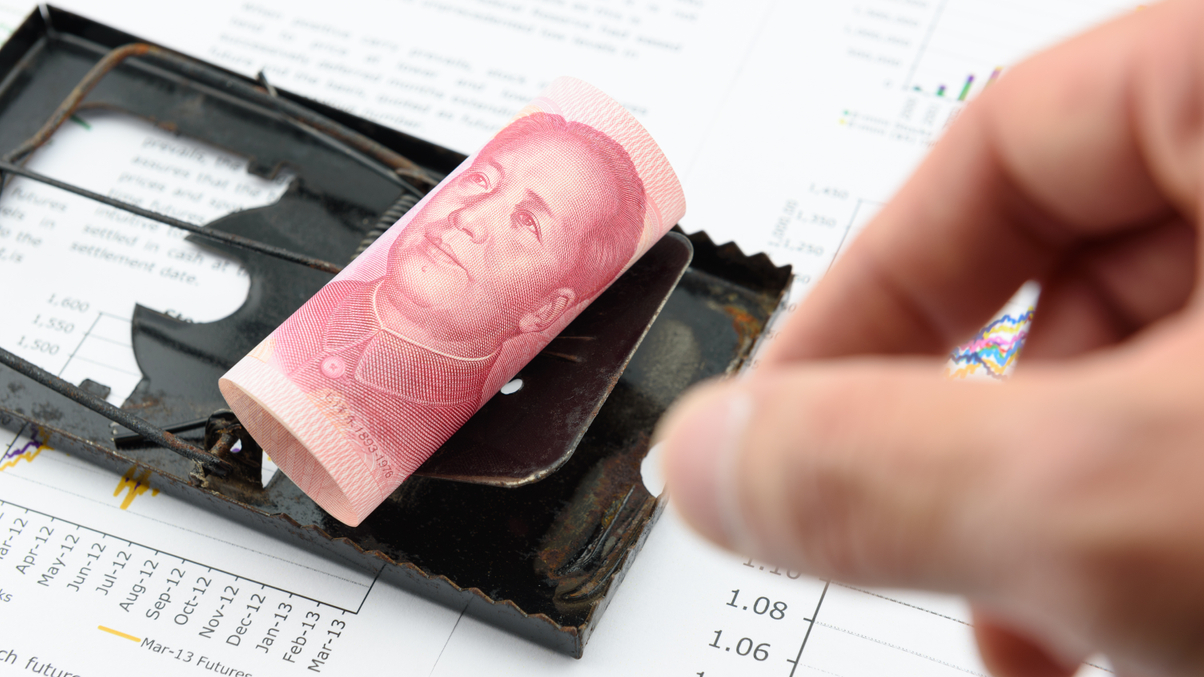Fake China PE funds out to trap unwary investors
Several so-called private equity funds in China really conduct risky lending or investing and pose potentially serious investment risks for asset owners, say market experts.

Although China private equity funds are drawing increasing interest from domestic and also overseas institutional investors, several increasingly appear to be vehicles for shadow banking.
Sign in to read on!
Registered users get 2 free articles in 30 days.
Subscribers have full unlimited access to AsianInvestor
Not signed up? New users get 2 free articles per month, plus a 7-day unlimited free trial.
¬ Haymarket Media Limited. All rights reserved.


